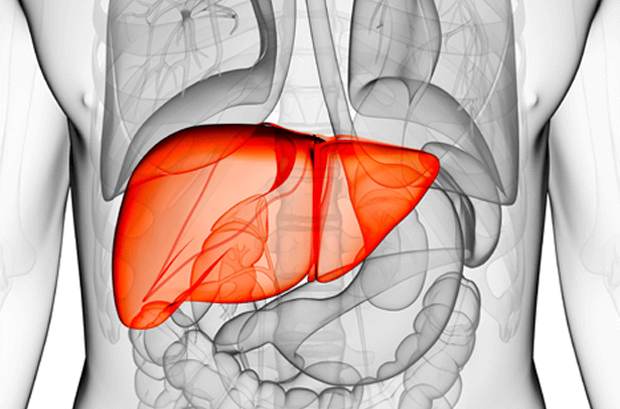Care Instructions after Chemoembolization
Chemoembolization is a process that places chemotherapy and synthetic materials also called as embolic agents into your blood vessels that feed a cancerous tumour to cut off the tumours blood supply and trap the chemotherapy within.
Chemoembolization is commonly used to treat different types of cancer like liver cancer. Cancer that has spread to other parts of your body can also be treated with chemoembolization. This treatment can also be used as a standalone treatment. In few cases, it can also be used in combination with surgery, chemotherapy, and radiation therapy or radiofrequency ablation.
Use of Chemoembolization
Chemoembolization is a non-surgical minimally invasive procedure to treat cancer. Chemoembolization is a radiological procedure performed by an interventional radiologist. Chemoembolization is commonly used for the following types of disease condition that involves:
- Hepatocellular carcinoma
- Cholangiocarcinoma
- Breast cancer
- Carcinoid tumor
- Neuroendocrine tumor
- Metastasis
- Colon cancer
- Sarcoma
- Islet cell tumor
- Vascular primary tumor
What to expect after Chemoembolization?
Soon after chemoembolization, your doctor will prescribe certain medications to relieve pain and nausea. You need to continue the same medications to relieve discomfort and nausea at home as instructed.
The following conditions are common after chemoembolization:
- A low-grade temperature for one week
- Nausea and vomiting
- Lethargy and decreased appetite
- Bruising at the groin puncture site
- Hair loss
The above-mentioned symptoms last for few days and may last up to few weeks in rest. Medications will be given to addressing these symptoms.
Care Instructions after Chemoembolization
The following points must be kept in mind after chemoembolization:
- Take your medications on time as directed by your doctor
- Avoid drinking alcohol while taking medication
- Resume back to you daily activity in a couple of days after the treatment.
- Drink plenty of water, at least eight glasses of fluid per day.
- Increase the fluid and fiber intake in your diet as it will help in decreasing the chances of constipation.
- Have a regular balanced diet
- Physical activity like walking will also help in recovering faster.
- Consult your doctor if any changes observed in your health post chemoembolization
- Get the laboratory tests done like MRI in 3-4 weeks as directed by your doctor.
- Schedule your appointments with your interventional radiologist coordinator
- You can also follow up with your primary care doctor and oncologist as directed.
When do you need to call the Doctor?
You need to take medical assistance in the following conditions:
- Severe nausea and vomiting unrelieved by the medication
- Fever higher than 102F that is associated with sweating and chills
- Severe abdominal pain
- Dark coloured urine
Liver tumours are commonly seen in both men and women. If you are looking for liver tumour treatment in Hyderabad, you can consult Dr Abhilash sandhya, the best interventional radiologist in Hyderabad. He can successfully treat liver tumour cases with the help of chemoembolization treatment in Hyderabad.

